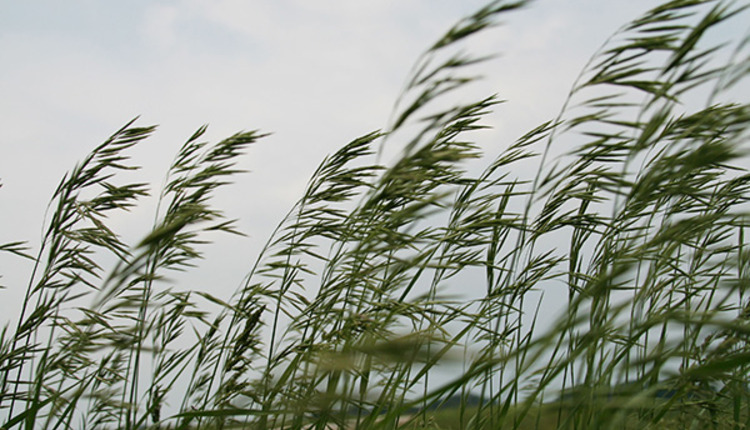
If climate change becomes a reality as nearly all scientists predict, how will predominantly cool-season grass pastures adapt to the potential changes in temperature and precipitation during future growing seasons, or won't they? Research at the University of Kentucky investigated this question and reported their results at the 2015 joint annual meeting of the American Dairy Science Association and American Society of Animal Science.
Potential changes that may impact forage include productivity, quality and plant species composition. The researchers hypothesized that warming would cause species shifts from cool-season (C3) to warm-season (C4) grasses and would reduce both productivity and forage quality; however, it was expected that increased precipitation would moderate the effect. Mixed specie, climate manipulated field plots were established and managed as an ambient control (current weather conditions), with increased temperature, with increased precipitation, or a combination of increased temperature and precipitation. The treatments were imposed for five years (2009 through 2013), and measurements were taken seasonally each year.
Warming, with or without additional precipitation, significantly increased the composition percentage of warm-season grasses, especially in the summer and fall. During spring, cool-season grasses continued to dominate. Though productivity varied from year-to-year, harvested biomass summed across the five experimental years was not significant. Forage quality measures (crude protein percent and lignin) also varied annually, but changes were less dramatic than species composition and productivity.
Though it's impossible to know for sure the rate and extent of climate change, the results of this experiment seem to indicate that some species shifts may occur with warming, but productivity and forage quality will be sufficient to maintain livestock production at present levels.

